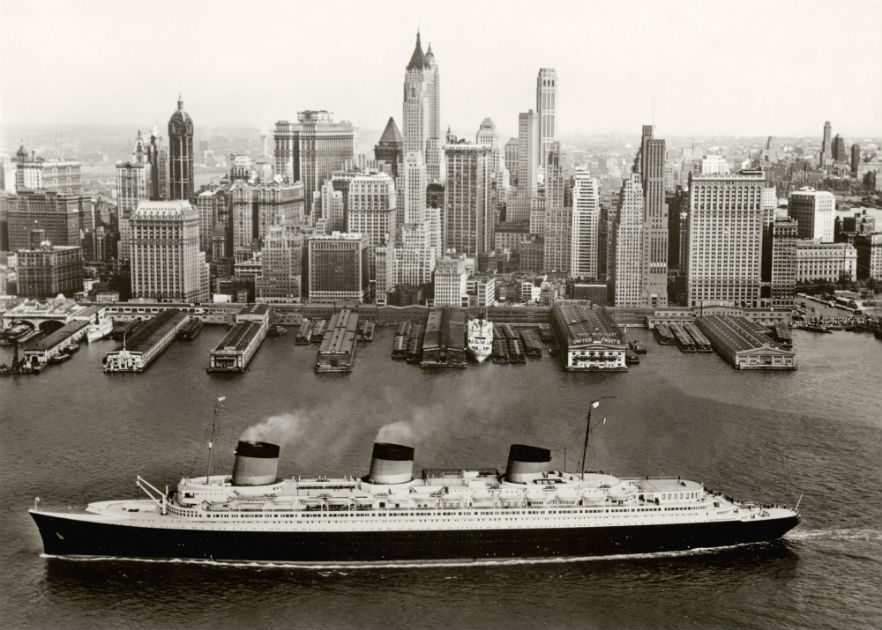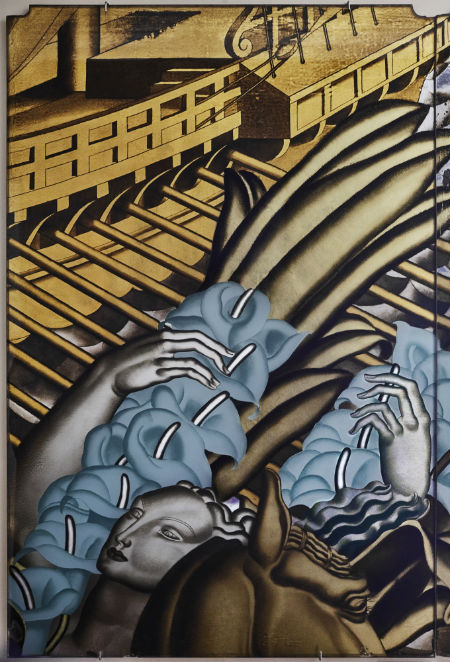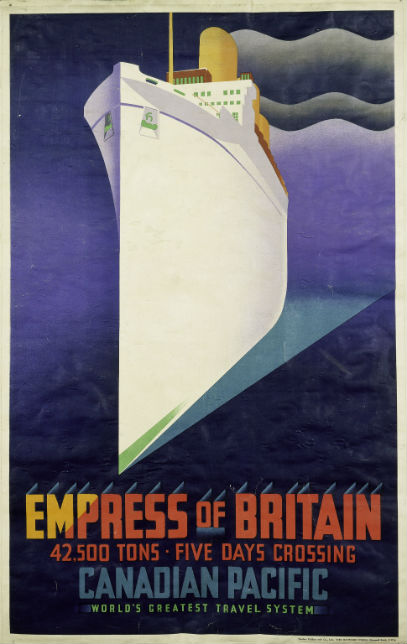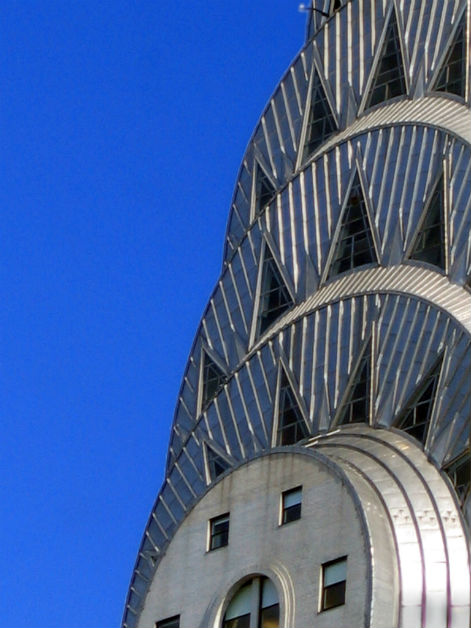
NEW YORK – Art Deco, which debuted at the International Exhibition of Modern Decorative and Industrial Arts (Exposition Internationale des arts décoratifs et industriels modernes), was arguably the most influential of all the design movements.
The Paris Exposition of 1925 showcased a new modern style encompassing furniture, clothing, decorative arts, jewelry and architecture. Approximately 15,000 exhibitors from 20 countries participated. A well-visited display at the exposition, Hôtel du Riche Collectionneur, presented modern furniture in what would later be called the Art Deco style (taking its name from the fair’s title) by French designer Emile-Jacques Ruhlmann. The Art Deco movement went on to revolutionize the design of buildings, ocean liners, luxury goods and textiles in Europe and America.
Following on the heels of the Art Nouveau period, which was characterized by ornate flowery details inspired by nature, Art Deco instead was streamlined, combining clean lines with geometric elements. Blending myriad influences, Art Deco took the vivid hues of the Ballet Russes, international stylings from Asia and the striking geometrics of Cubism and created an entirely new style, perhaps the world’s first international style. The movement peaked from the late 1920s into the 1930s before being mostly abandoned as World War II took hold.

Art Deco influenced all aspects of luxury living. Picture the Victoire car hood ornament created by Rene Lalique with its windswept hair forming bold straight lines, streamlined toasters doubling as functional works of art, or the bullet shape of a sleek Bugatti coupe. All are bold Art Deco statements.
Besides strong geometric abstract shapes and lines, common Art Deco design elements included fans and arcs, chevrons, sunbursts, and zigzags, often done in a gold- or brass-colored hue and usually set against a black background.
“Instead of languid, sleepy kind of Art Nouveau lines, you have this new design with geometric and very modernist motifs,” said Alastair Duncan, an avid Art Deco collector, who worked with Christie’s for 14 years and authored many books, including several on Art Deco. “This was wonderful high style. I love it, and it works well in a 21st-century home.”

The transition from the Art Nouveau period to Art Deco was mainly led in Paris by the salons and was largely dictated by increasing industrialization and the advent of the machine age, Duncan said. “It became a 20th century movement … You have a distinct new style based on the machine, the geometry of it, and suddenly you are at the beginning of the Art Deco style.”
Among the most famous Art Deco buildings in the United States is the Chrysler Building in New York City, the sixth-tallest skyscraper in the city as of 2018 and ranked ninth on the American Institute of Architects’ list of favorite architecture in America. The steel-clad masonry building’s most striking feature is its crown comprising seven terraced arches in a radiating sunburst pattern. Inside, equally bold and geometric Art Deco patterns decorate the lobby, continuing the theme of modernity set by the building’s exterior. Once the tallest building in the city, it was eclipsed within a year by the taller Empire State Building, also done in the Deco style.

Another mecca for Deco is the South Beach area of Miami, Florida, which has over 800 Art Deco hotels and buildings lining Ocean Drive and Collins Avenue. Together, they form the landmarked Art Deco District there — a popular tourist attraction, especially for architecture buffs.
From the Avalon Casino Ballroom on California’s Catalina island to the lavish Fisher Building in Detroit, dubbed “Detroit’s largest art object,” there are wonderful buildings all over America that are quintessentially Deco on the outside with majestic interiors to match. Many no longer exist, but there are several key examples preserved as close to their original state as possible all over the United States. Search online for “Art Deco society” (there are several from coast to coast) for more information. The New York chapter at https://artdeco.org/, in particular, has a wealth of information online.
After architecture, the largest examples of period Art Deco were the majestic ocean liners that once crisscrossed the Atlantic, virtual “floating palaces.” In the eyes of many, the S.S. Normandie was the most magnificent of all the ocean liners. It was designed by the French to be the pride of its fleet and set off out on its maiden voyage in 1935. It was, and continues to be, renowned for its opulence. Premier Art Deco artists created works for the ship. Rene Lalique made 12 stunning glass panels for the ship’s first class Grand Salon. They were auctioned at Christie’s New York in 2005. After World War II ended the ship’s glory days, and it was recommissioned by the US government to transport troops, its luxury Deco appointments were removed and sold off to collectors.
In a 2018 exhibition, “Ocean Liners: Speed & Style,” the Victoria and Albert Museum in London showcased decorative art from several ships, including the Normandie. The exhibition featured a striking interior panel from the Normandie’s Smoking Room, created by major Art Deco lacquer artist Jean Dunand; a bold Lucien Lelong couture gown donned for its maiden voyage, and Jeanne Lanvin’s flapper-style “Salambo” dress, which had been worn onboard the ship by American socialite Emilie Grigsby.
“As the largest machines of their age, ocean liners became powerful symbols of progress and 20th Century modernity,” a press release promoting the exhibition noted.
In Part II of this survey of Art Deco to be published May 15, we will take an in-depth look at more Art Deco design, from jewelry and furniture to posters, art and automobiles.


